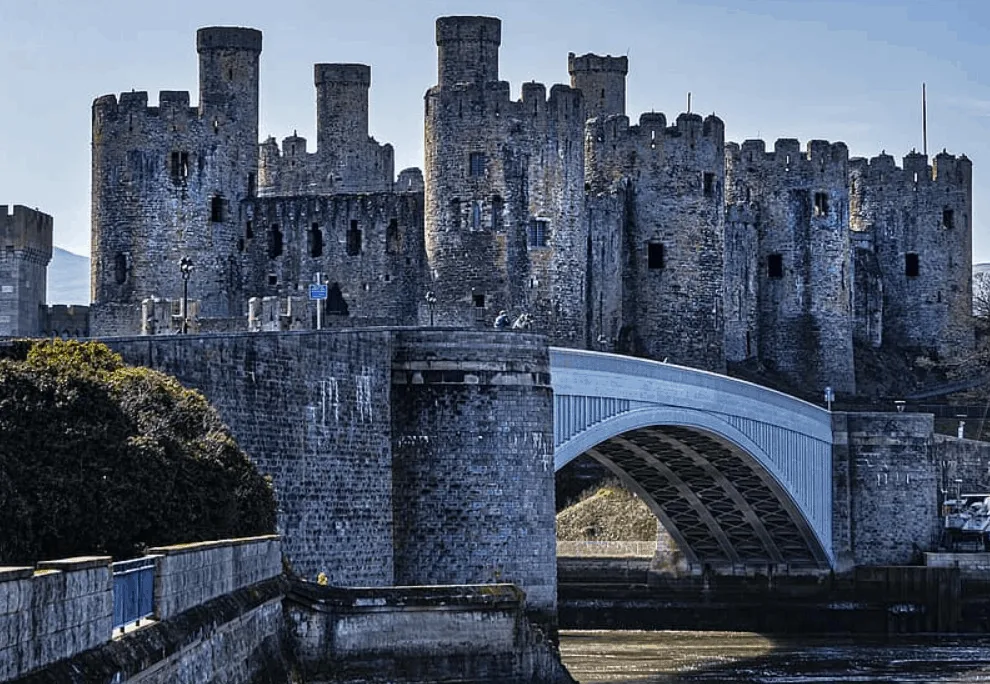If you ever envision how a castle looks like, then this castle will be pretty close to what you imagined, mainly because of its strong defensive walls and bulky towers.
It’s been described as a prime example of military castles in Europe, and here is our list with interesting facts about Conwy Castle, a fascinating structure in Wales.
1. It’s located in the North of Wales
Conwy Castle is located in the Welsh town of Conwy, traditionally referred to as “Conway.” It’s a walled market town on the north coast of the country. It overlooks the River Conwy and is located across another town called Deganwy.
It’s built on top of a rocky coastal ridge consisting of grey sandstone and limestone and has a very strategic location, controlling an important crossing over the river.

2. Conwy Castle was built by Edward I
Ever since the Norman Conquest of England in the year 1066, a period in which numerous English Castles were constructed, the Kings of England and the Welsh princes were fighting for control over the area.
Edward I, also known as Edward Longshanks, declared war for the first time in the year 1276. His second attempt came in the year 1282 when he invaded Wales with a huge army.
He managed to capture the town in March of 1283 and decided that Conwy would become the seat of a new county and ordered the construction of Conwy Castle and completely wall the town, an endeavor that began shortly after.

3. There used to be a palace on its location
So why did Edward I decided to build the castle on the ridge?
When he conquered the area and decided to build the castle and town walls, there were already important structures on the location. One was the Aberconwy Abbey, the favored monastery of the Welsh princes.
The other was a palace that belonged to Llywelyn the Great and his grandson Llywelyn ap Gruffydd. This palace was built on top of the rocky outcrop and incorporated into the town walls.
Edward I decided to build the castle and the walled town of Conwy on top of these Welsh structures, most probably as a symbol for English power after defeating the Welsh.
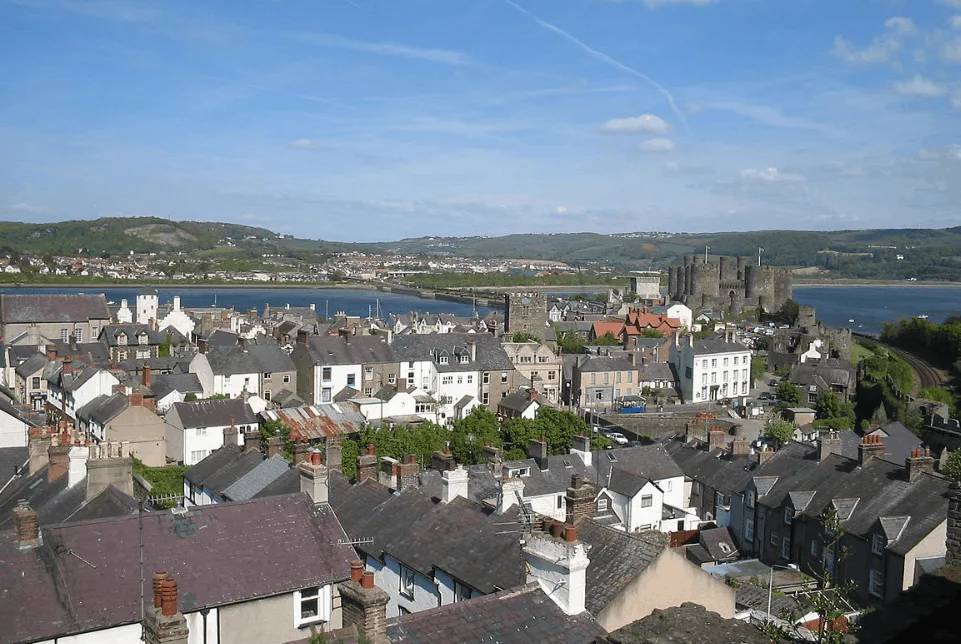
4. Another castle used to defend the area before Conwy Castle
While the current location of Conwy Castle used to be occupied by a monastery and palace, the princes of Wales also had a defensive structure in the area.
This structure was referred to as Deganwy Castle and was located on the other side and at the mouth of the River Conwy.
This castle was built on a massive volcanic rock that overlooks the entire area at an elevation of about 110 meters (361 feet). Edward I destroyed this castle after his invasion and never rebuilt it. This means nothing but some mounds remain of it today.
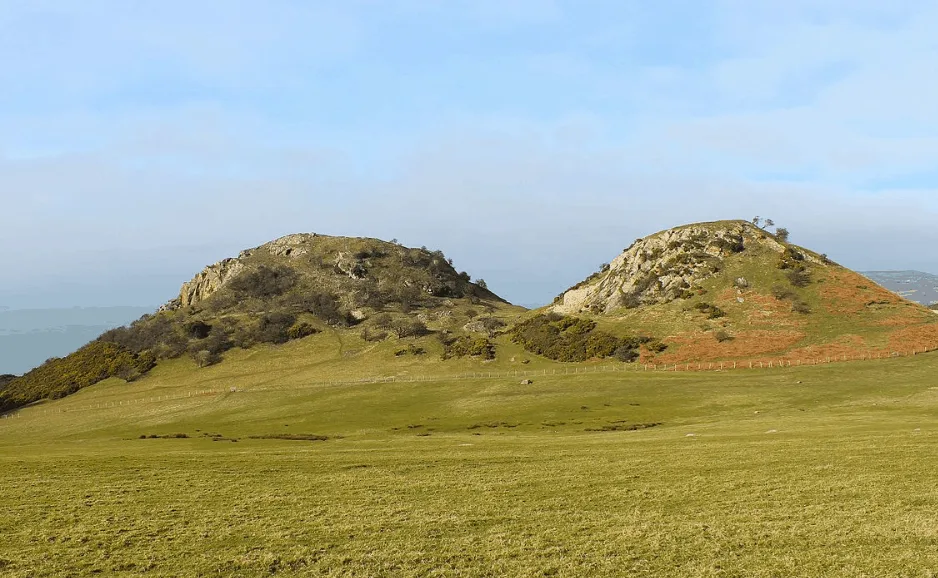
5. It took just 4 years to build Conwy Castle
Edward I didn’t mess about with the construction of Conwy Castle, because just a few days after his successful invasion, workers already started digging trenches for the foundations of both the castle and the town walls.
A large number of workers were brought in from all across England and the town and curtain walls were completed by 1284. The interior walls of the castle were completed in 1286 and Conwy Castle was finished by the year 1287.
That’s just 4 years after the work started, an amazing pace considering the limited tools available in the late 13th-century!
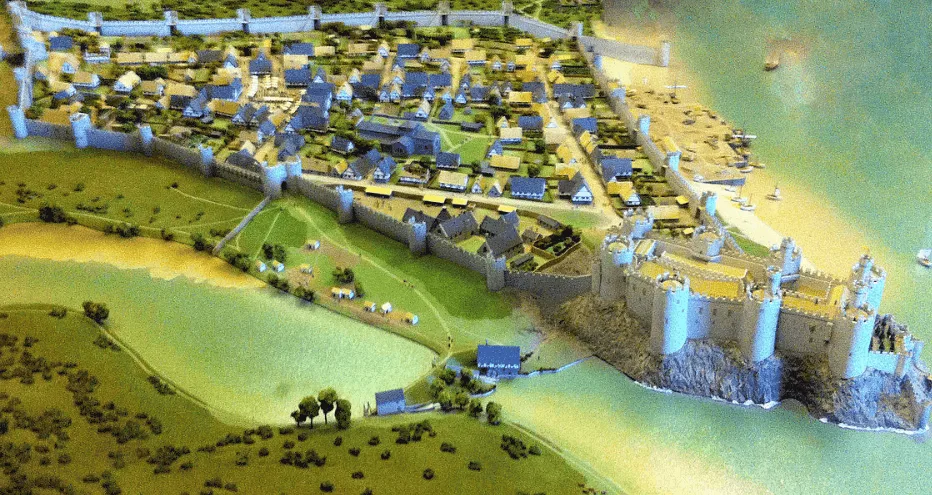
6. It was built by the greatest architect of the European Middle Ages
The construction of the castle was under the supervision of one of the most renowned architects of the Middle Ages named James of Saint George.
He was originally from the Savoy region in France and was the lead architect of several castles in the north of Wales, including those of Harlech, Caernarfon, and Beaumaris.
He has been described as “One of the greatest architects of the European Middle Ages.”
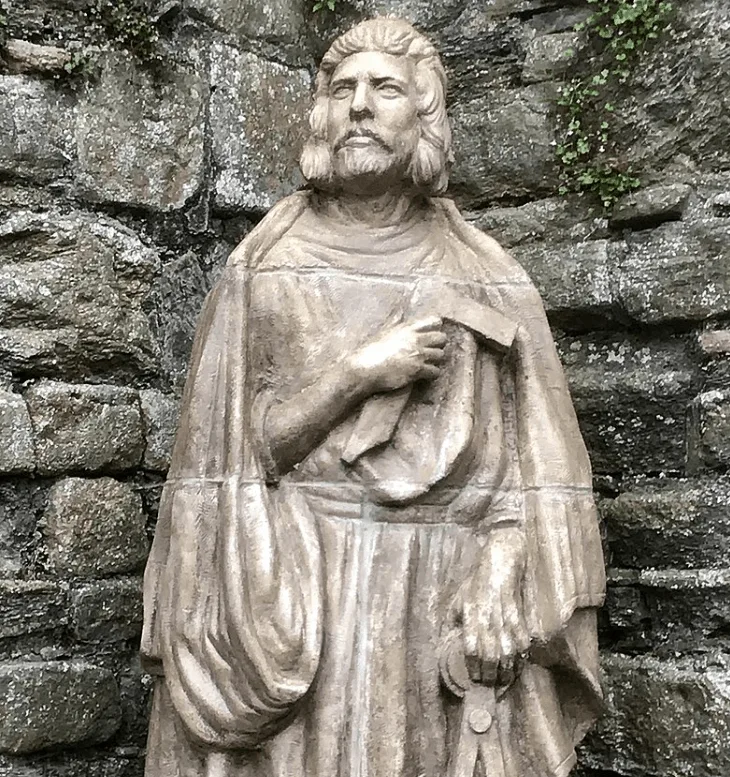
7. The cost to build Conwy Castle was enormous
The project was of a massive scale for the late 13th century, and this was reflected in the price tag associated with it.
It’s estimated that the price to construct the castle and the town walls, which was calculated together, was about £15,000.
That’s the equivalent of £17,218,593 today, an enormous amount!
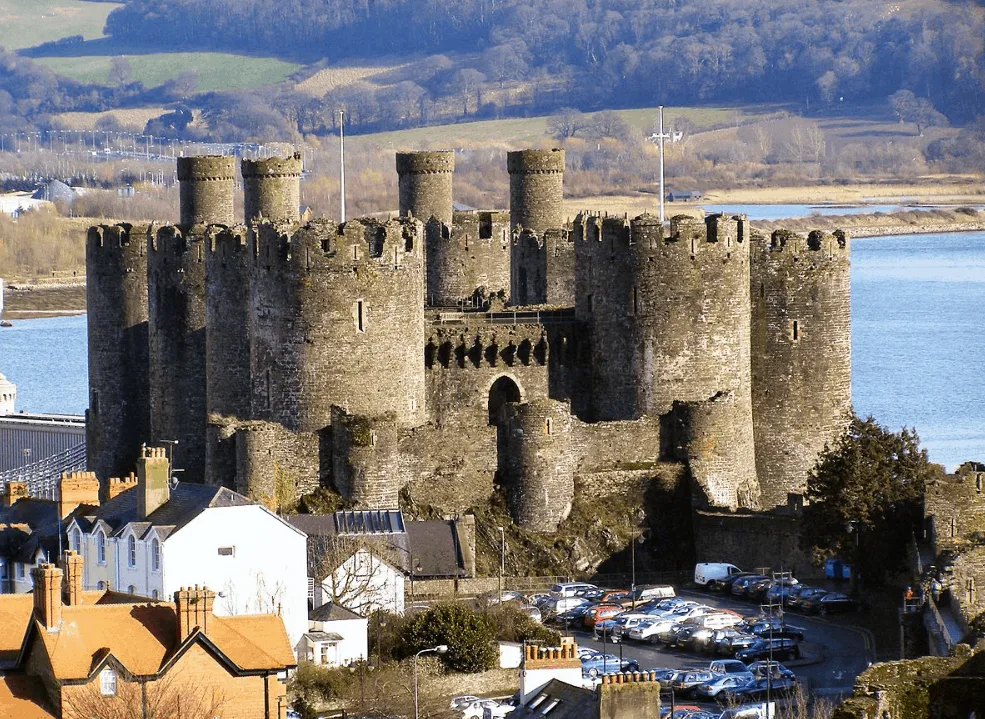
8. The castle was besieged just a few years after it as completed
Edward I spent a lot of money on the castle and fortifying the town of Conwy. This wasn’t such a bad idea after all!
Just 7 years after the caste was completed, it was besieged for the first time. Welsh rebels under the command of Madog ap Llywelyn besieged the castle in December 1294.
The siege ended when reinforcements came to the rescue and liberated Edward from his precarious situation in February 1295.
The mighty castle walls and fortifications had proven themselves to be unbreachable!

9. The Castle saw action a few more times
After Richard II sought refuge at Conwy Castle briefly in 1399 before being abdicated, the castle was held by Welsh rebels who managed to get inside using a clever trick.
After Rhys ap Tudur and his brother Gwilym managed to get inside while pretending to be carpenters, other Welsh rebels attacked and took over the walled town of Conwy. The subsequent siege ended 3 months later after the rebels surrendered.
The last time that the castle saw real action was during the English Civil War when Parliamentarian forces besieged the castle and took it over from the Royalists who were holding it.
Conwy Castle had played its final military role in the year 1646.
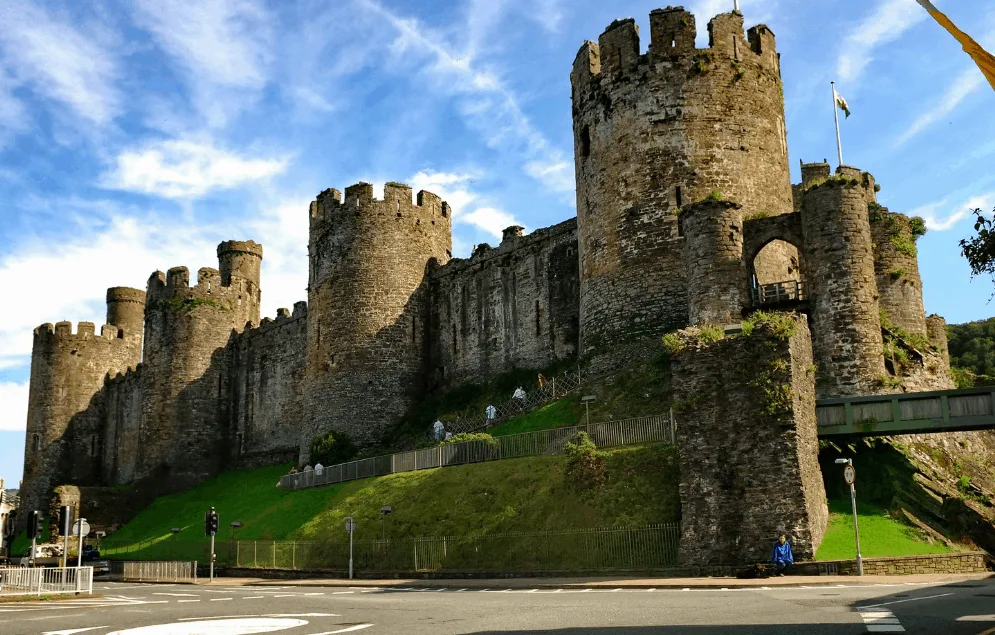
10. Conwy Castle was once sold for merely £100
One of the most remarkable facts about Conwy Castle is that it was once sold for the meager fee of £100 a few decades before the English Civil War broke out.
King Charles I sold the castle to Edward Conway in the year 1627 for a meager £100 (even though this was not little money in those days as it is today due to inflation). It’s fair to conclude that the castle was in pretty bad shape by then.
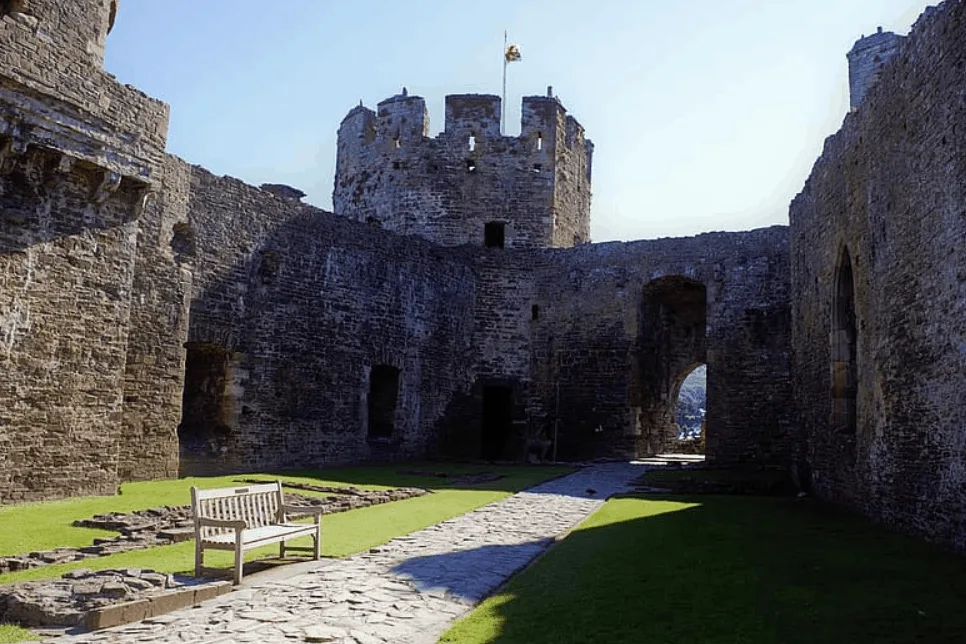
11. It was turned into a complete ruin after the English Civil War
After the English Civil War, the parliamentarians ordered the castle to be slighted, which means it wouldn’t be useful anymore for military purposes.
To make things even worse, the castle was stripped of its iron and lead to be sold off by King Charles II. This wasn’t a very popular decision in the town of Conwy and despite protests of its citizens, the castle was completely ruined in the 1660s.

12. The ruins became a popular spot for emerging artists
If a building is ruined, it’s not attractive initially. If these ruins age for a couple of centuries, they become a remarkable attraction.
This is exactly what happened to Cony Castle in the late 18th century as the picturesque ruin became popular for visitors and more importantly, artists who wanted to paint the castle.
The castle was painted by various emerging British artists including Thomas Girtin, Moses Griffith, Julius Caesar Ibbetson, Paul Sandby, and J. M. W. Turner.

13. The castle became a popular tourist destination in the 19th century
While the castle was popular with a very select group of painters and visitors, this changed tremendously when a road bridge in 1826 and a rail bridge in 1848, along with several other bridges crossing the River Conwy, were constructed.
This provided easy access to the town for people all across Wales and England, and Conwy Castle became a very popular tourist attraction.
It was also in the 19th century that many important restorations of the castle were completed, including that of the damaged Bakehouse Tower.
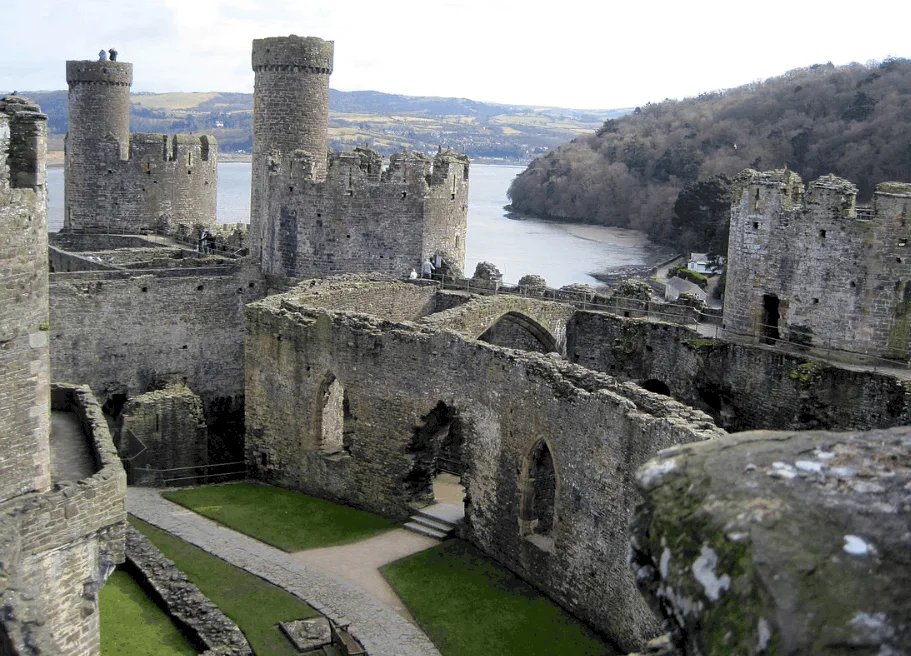
14. Did you know that Conwy Castle has a twin?
One of the coolest facts about Conwy Castle is that it actually has a twin castle. This twin castle is called Himeji Castle and is located in the Hyogo prefecture in the Kansai region of Honshu, the largest island of Japan.
The formal ceremony happened in Himeji on October 29, 2019, and the mayor of the city in Japan has since visited Conwy Castle.
The twinning of the castles was described as “The beginning of a beautiful friendship.” Construction of the two buildings started within 50 years of each other, with the castle in Japan being constructed in 1333.
An interesting fact about the Himeji Castle is that it was featured in the 1967 James Bond movie “You Only Live Twice.”
Let’s just say this, these castles definitely aren’t identical twins!

14. Conwy Castle was declared a UNESCO World Heritage Site
The final restorations were completed halfway through the 20th century and a new bridge that directly connects the castle was built in 1958.
Conwy Castle has been listed as a Scheduled Monument and Grade I listed building since the year 1950. It has also been inscribed as a UNESCO World Heritage Site since the year 1986. This also includes the town walls that were built by Edward I as well!
Right now, 100,000’s people visit the castle every year, making it one of the most popular tourist attractions in Wales.
